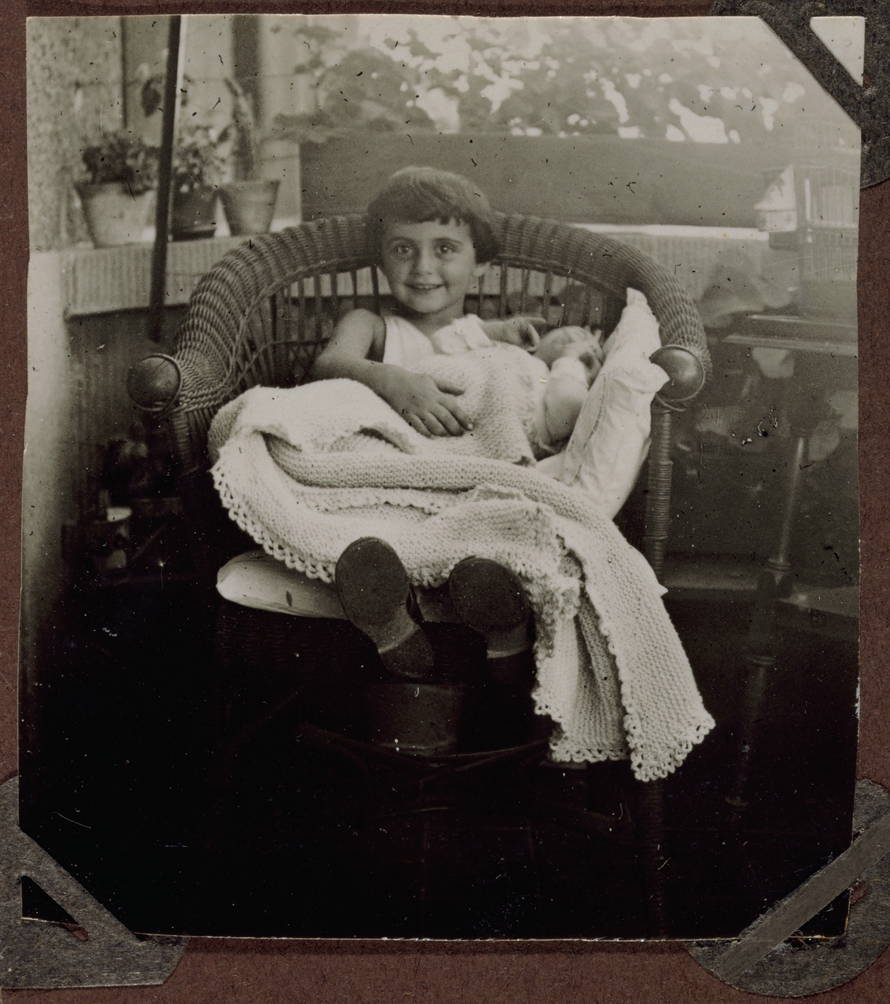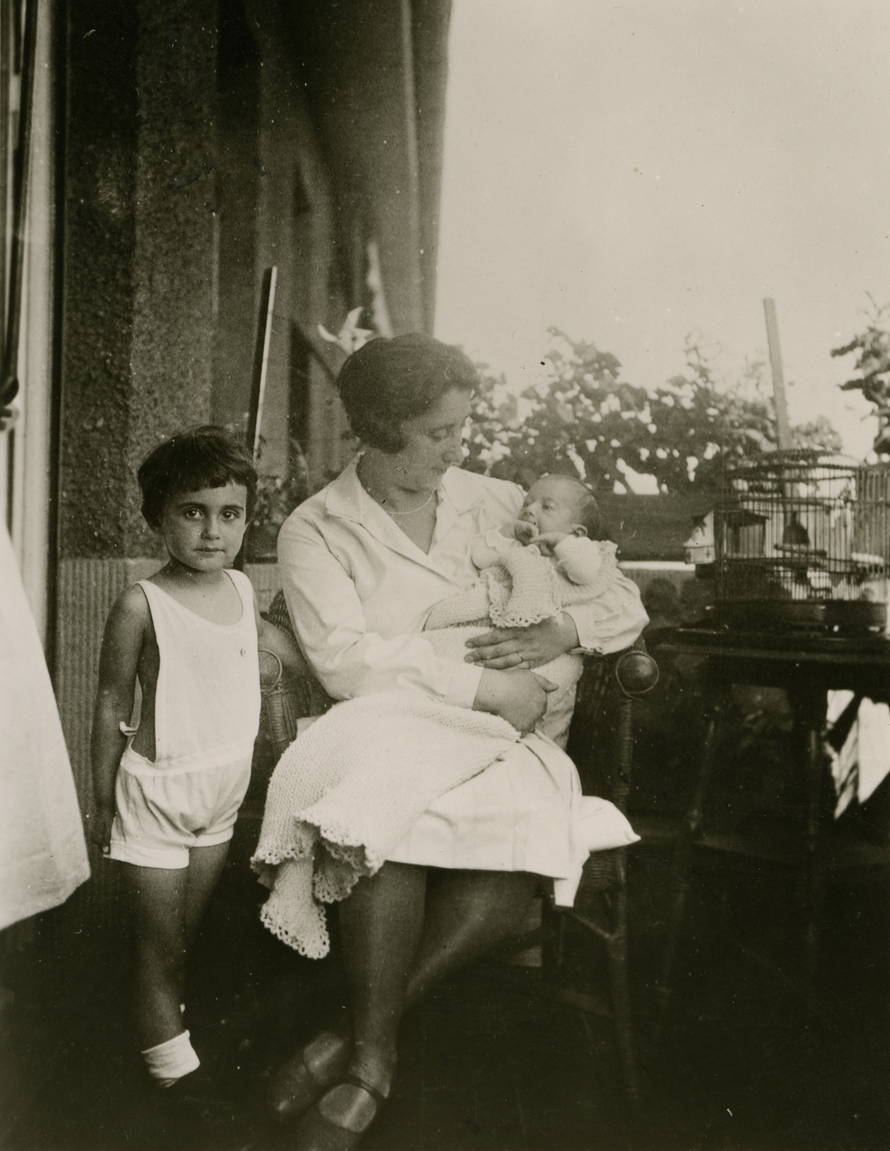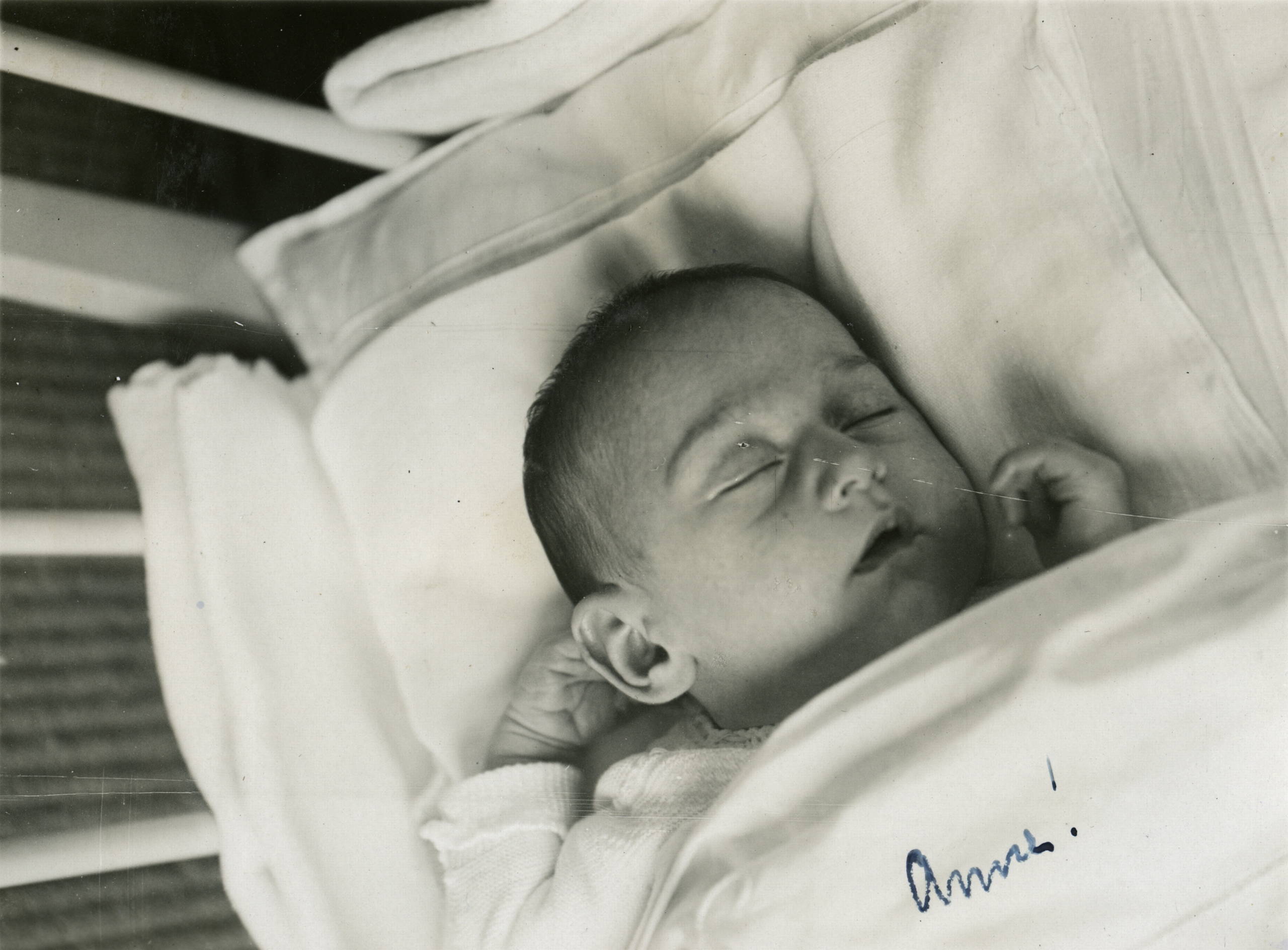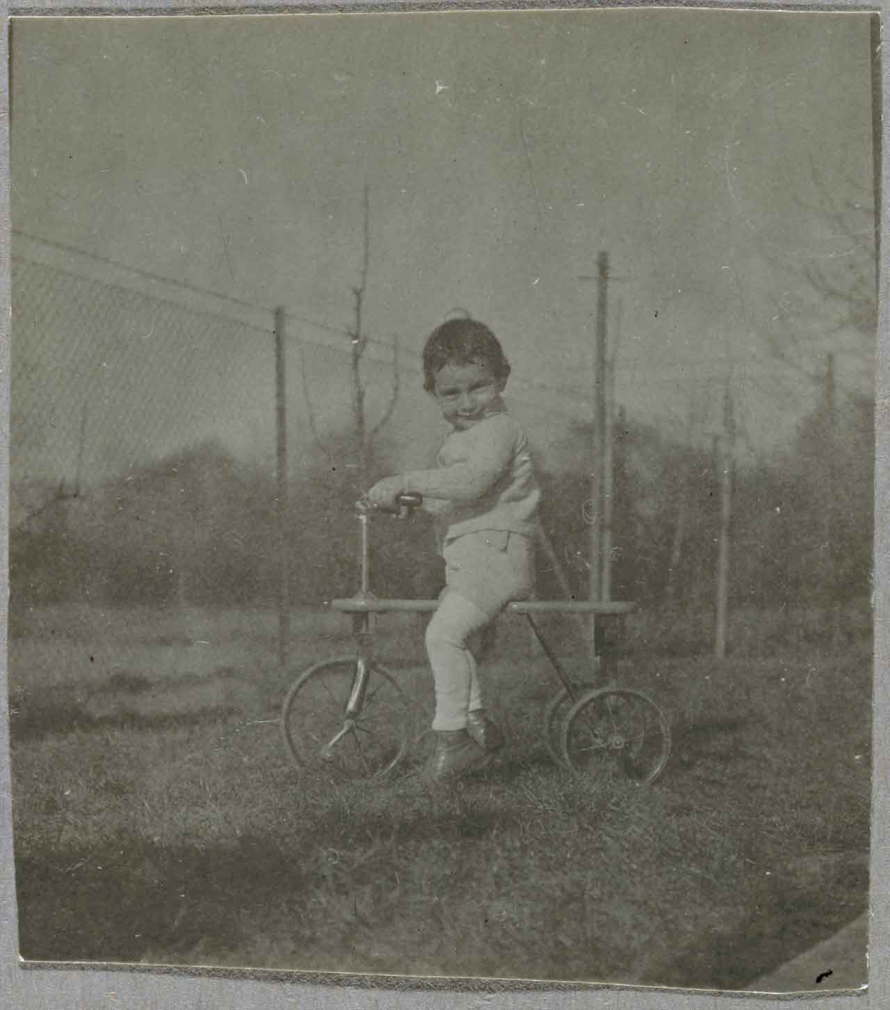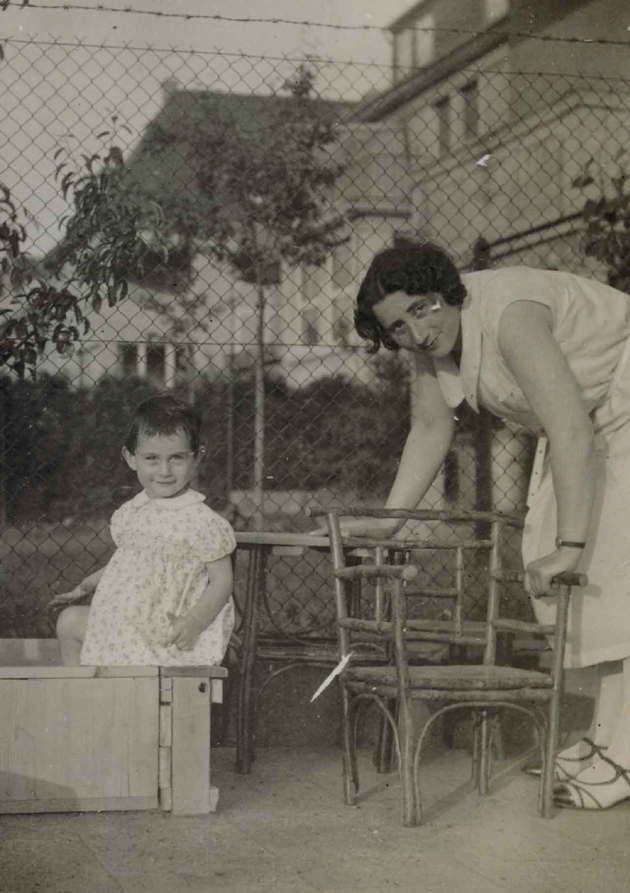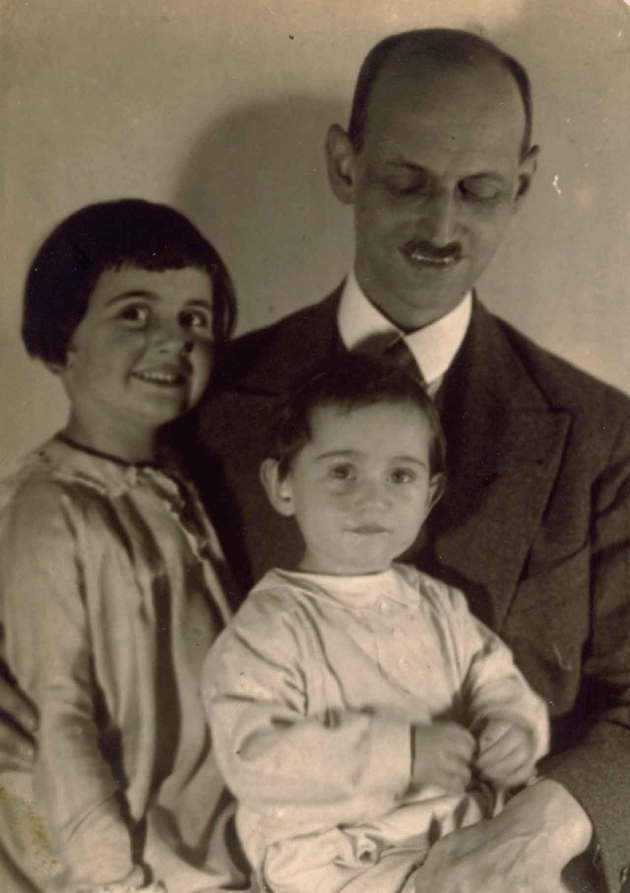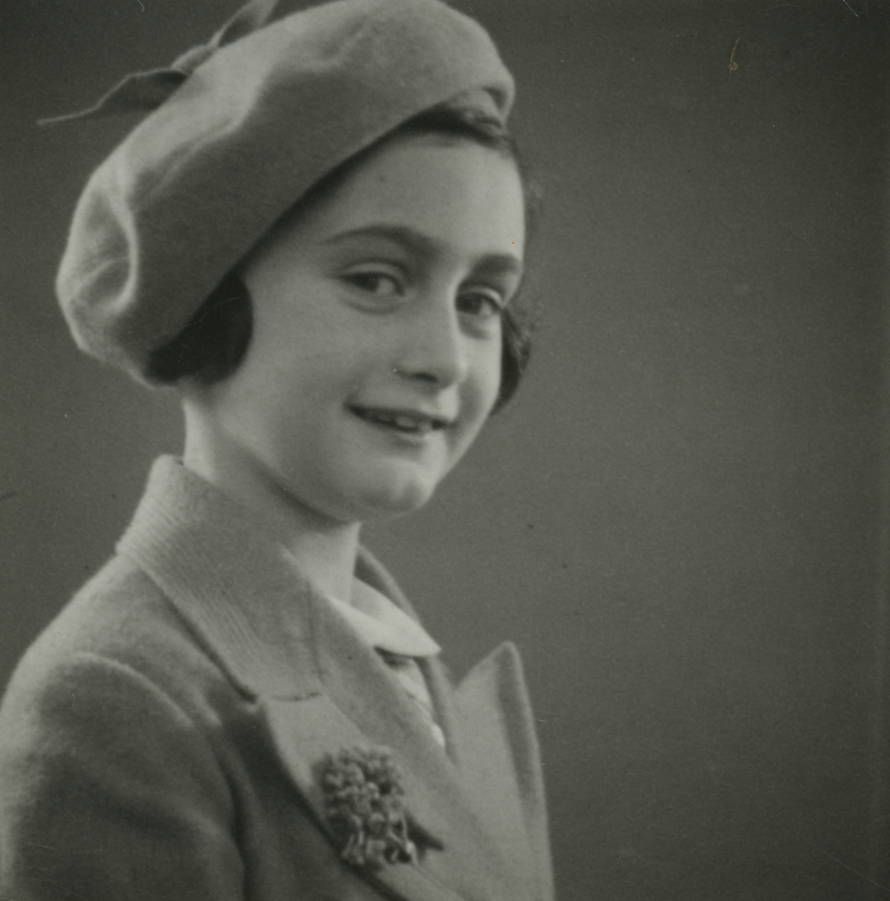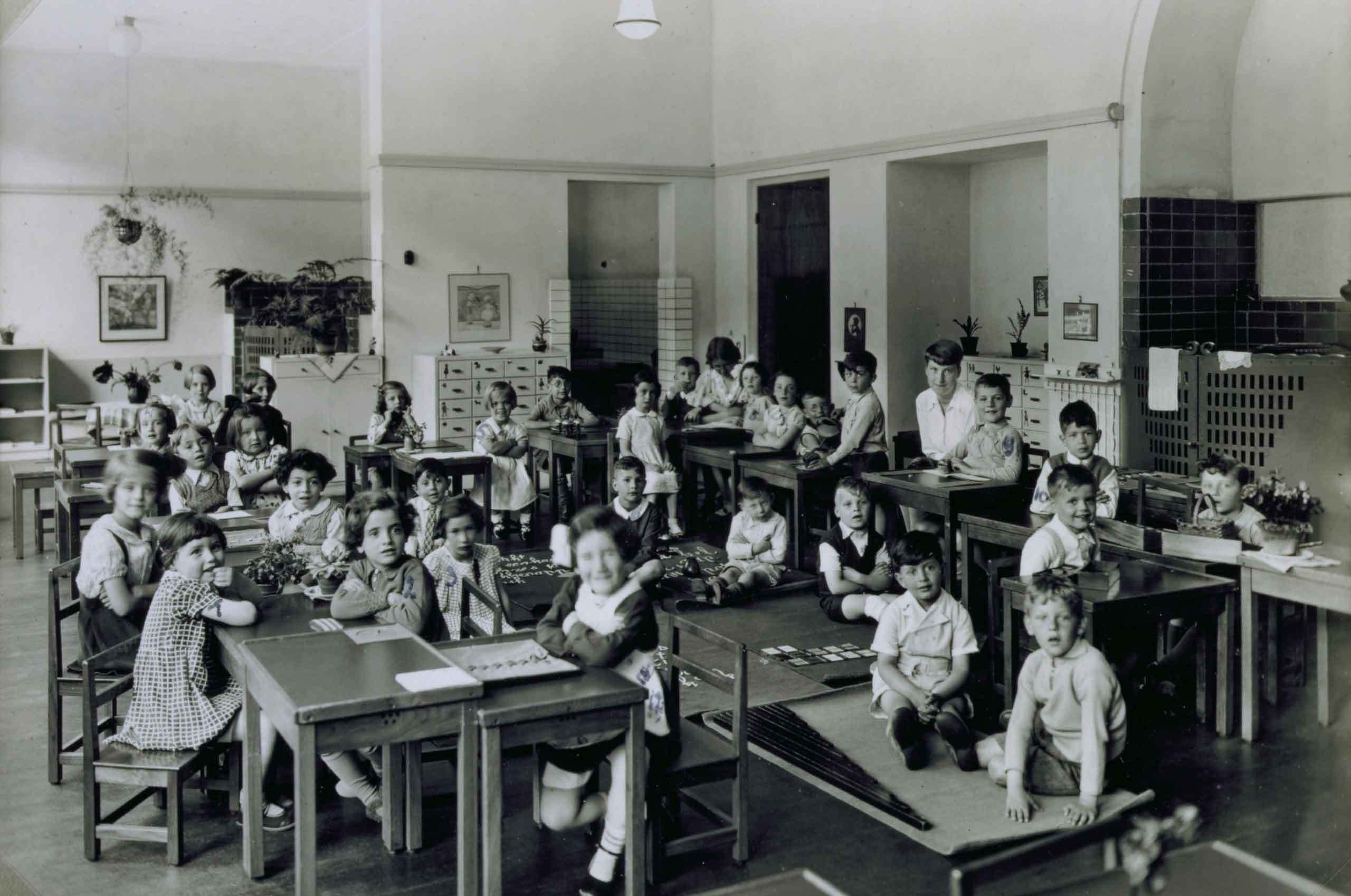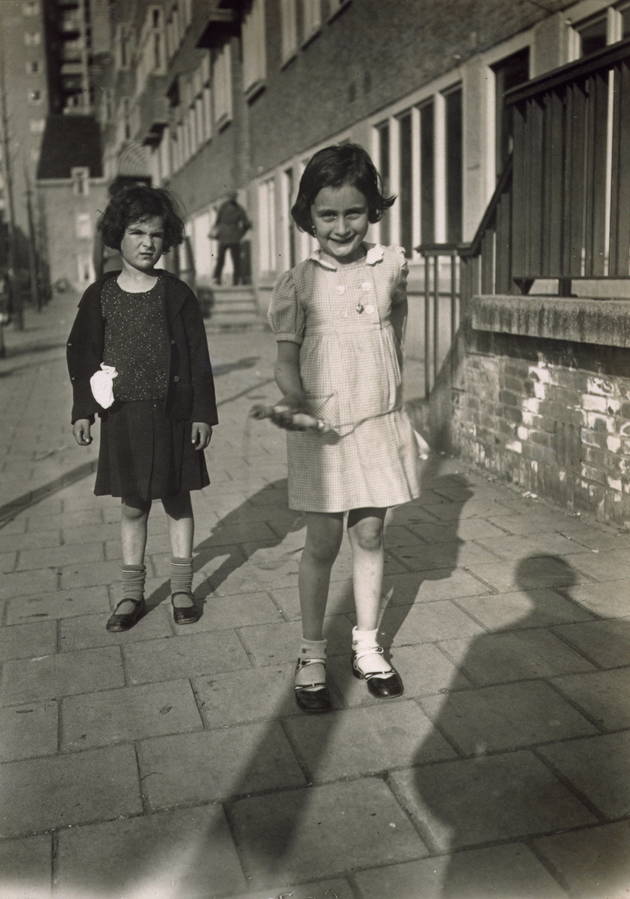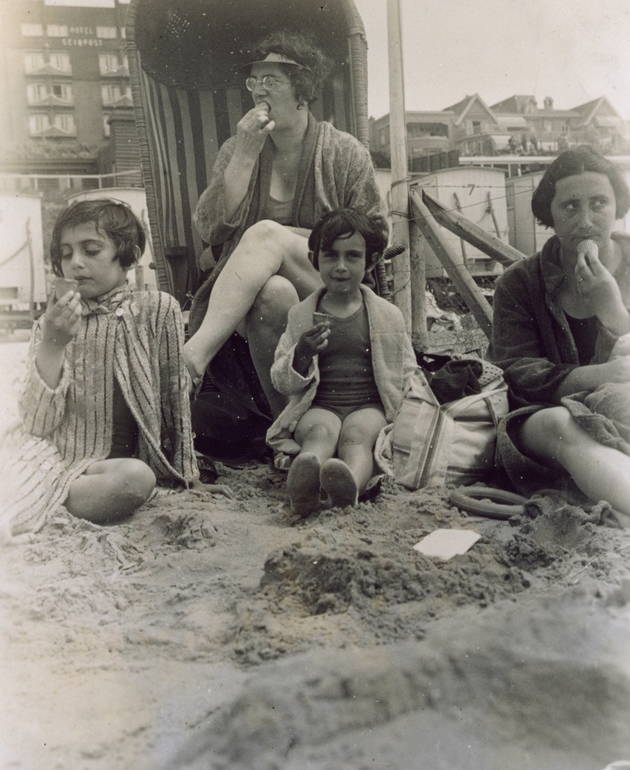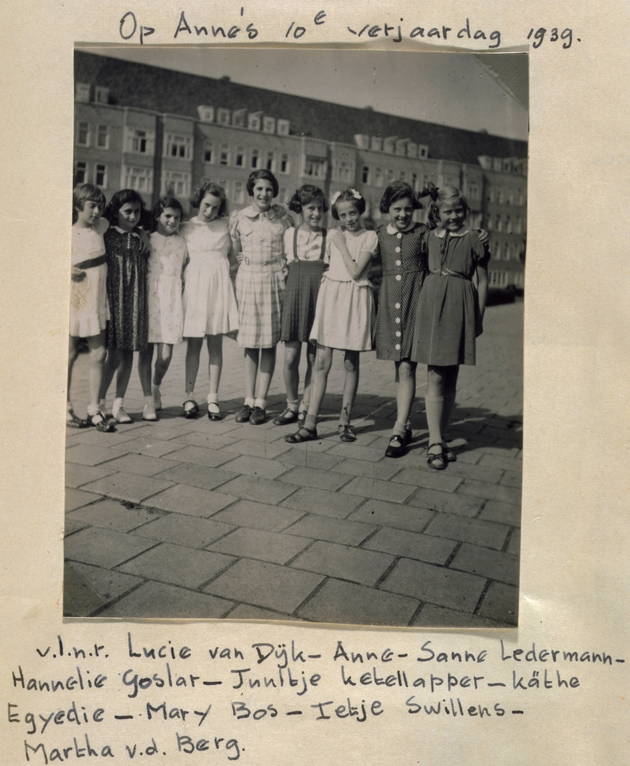Family
Anne Frank
«I'm blessed with many things: happiness, a cheerful disposition and strength.»
Diary, 3 May 1944
Annelies Marie Frank was 13 years old when she had to go into hiding with her family to escape from the National Socialists. She lived in a secret annex for 25 months with her family and other acquaintances. She recorded her experiences, observations, and feelings in her diary.






